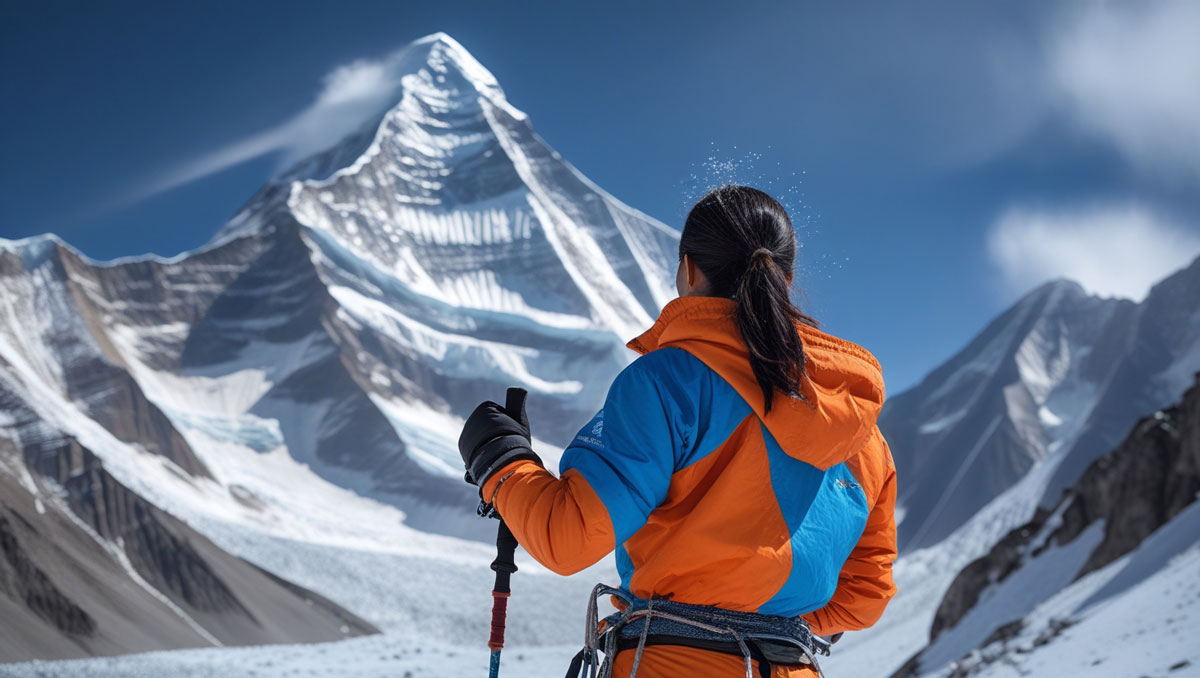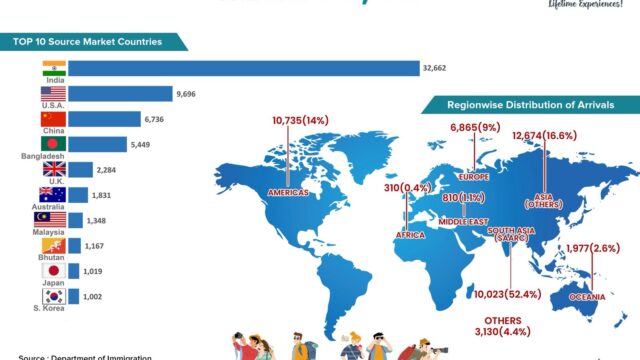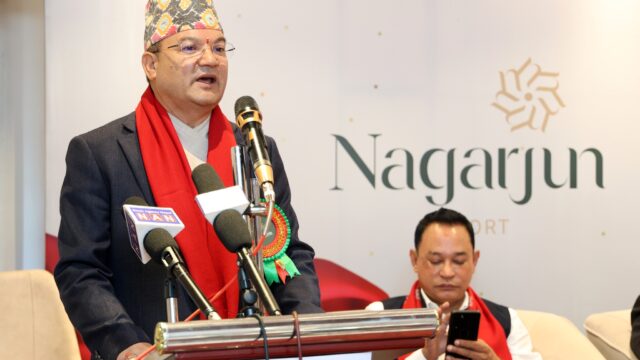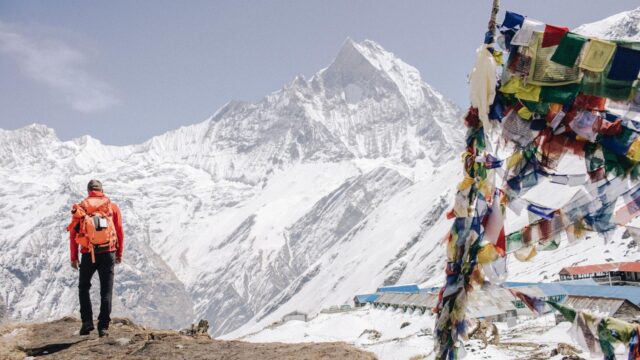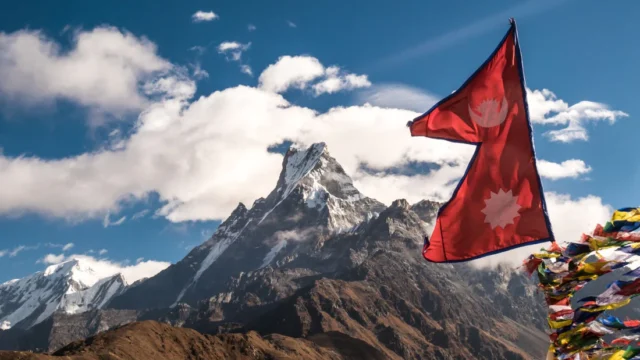As the spring season arrives, climbers from around the world have begun to secure permits for scaling Nepal’s renowned mountain peaks. Between March 1 and April 9, the Department of Tourism reported that a total of 381 climbers from 57 different countries have been granted permission to climb 15 different peaks across Nepal. The diversity of peaks being tackled ranges from towering giants like Mount Everest to smaller, lesser-known summits.
Among the mountains permitted for climbing are several iconic peaks in the Himalayas. These include the towering Everest (8,848.86 meters), Annapurna I (8,091 meters), and Makalu I (8,463 meters), as well as more challenging mountains like Lhotse (8,516 meters) and Kanchenjunga Main (8,586 meters). Other peaks on the list include Thorong Peak (6,144 meters), Ama Dablam (6,814 meters), and the more remote Khayang (6,186 meters), to name a few.
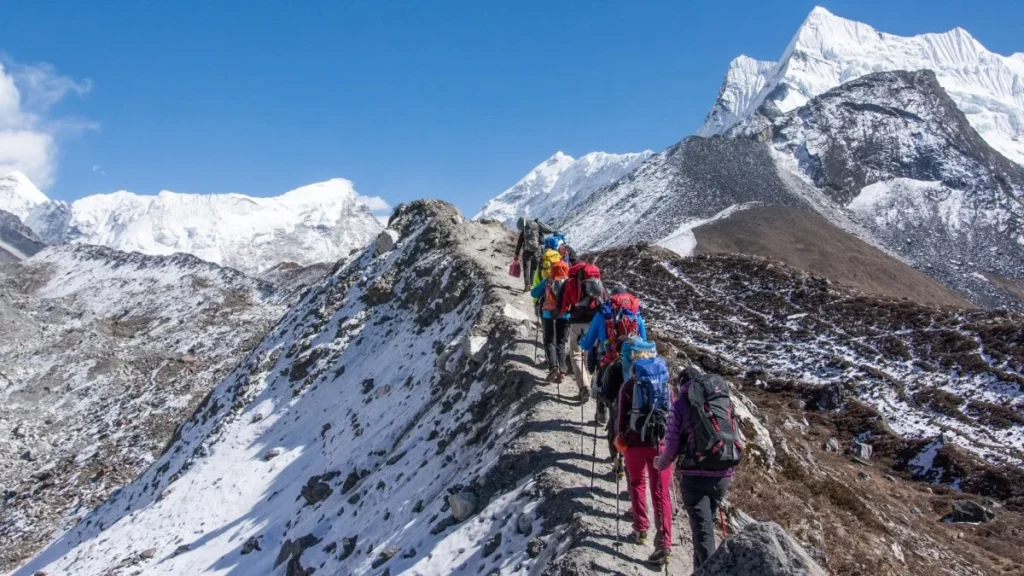
The distribution of mountaineers among these peaks shows that Everest continues to dominate in popularity. A total of 135 climbers have been permitted to attempt the summit of Everest, making it the most sought-after peak this season. Following closely behind are Annapurna I with 66 climbers, Ama Dablam with 48, and Makalu I with 40. Other notable peaks like Lhotse and Kanchenjunga Main also attract significant interest, with 30 and 20 climbers, respectively.

For those seeking to scale less-traveled summits, peaks like Thorong Peak (9 climbers), Annapurna IV (8 climbers), and Pokhar Khang (4 climbers) are also open for exploration. More remote peaks, such as Khayang (2 mountaineers), Sharpu IV (1 climber), and Swelokhang (1 climber), remain less frequented by adventurers. Of the total 381 mountaineers, a majority are men, with 297 male mountaineers and 84 female mountaineers participating in expeditions.
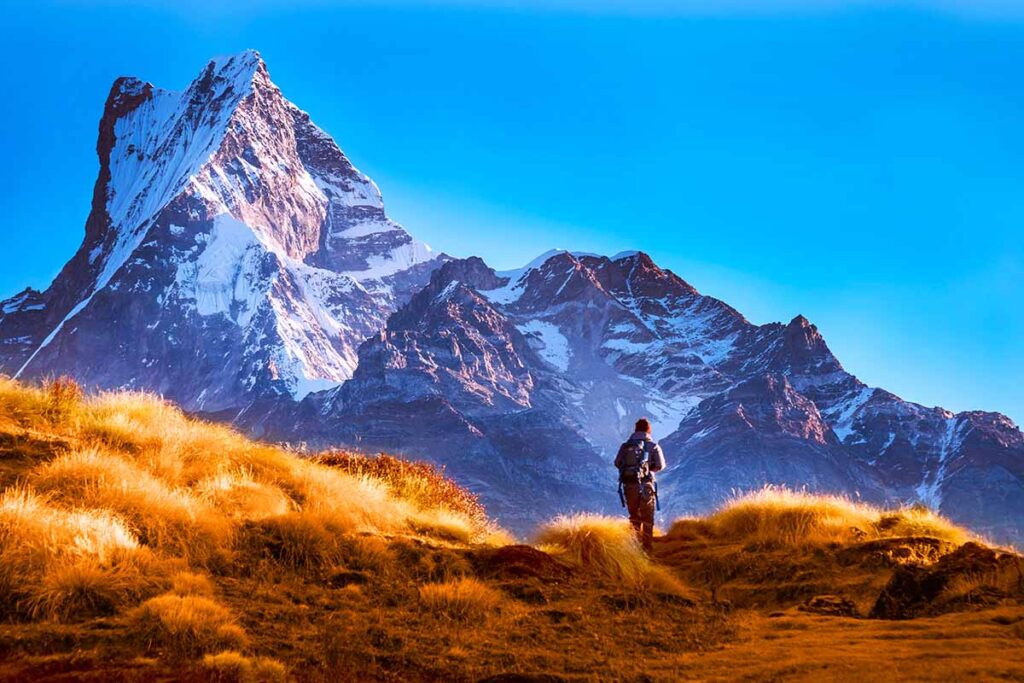
The government has collected an estimated NPR 245.27 million in royalties from the permits issued for these expeditions, further highlighting the significance of Nepal’s climbing industry. As spring advances, Everest remains the pinnacle of many adventurers’ ambitions, followed by other highly coveted peaks like Annapurna I, Ama Dablam, Makalu, Lhotse, and Kanchenjunga. The increasing number of international mountaineers to these peaks contributes to Nepal’s growing stature as a leading global mountaineering destination.
